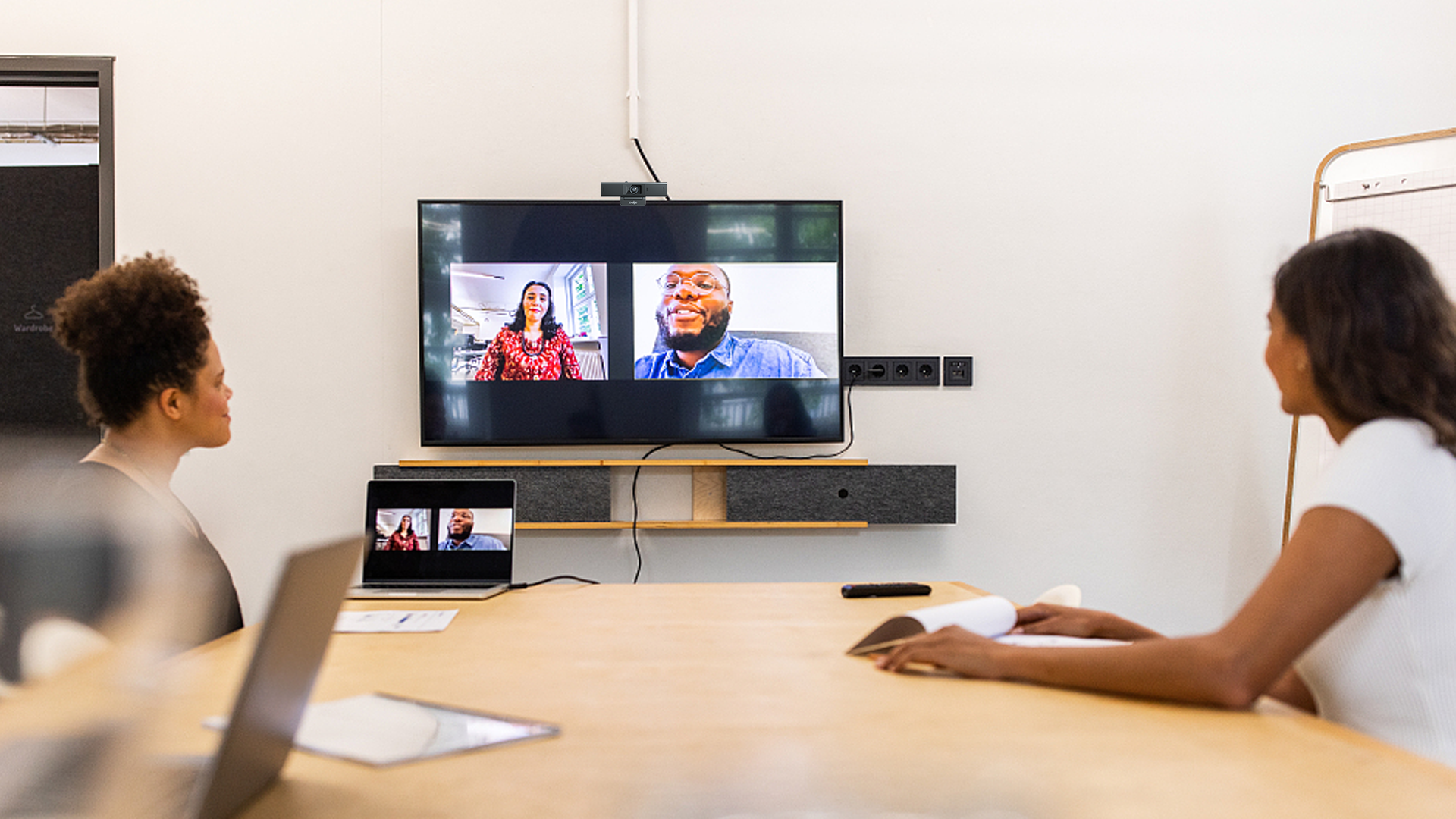Mastering Client Communication: Why Video Telephony Is the Future of Virtual Engagement
In today’s business world, a handshake has been replaced by a camera lens and not all remote client communication is created equal. Poor video quality, awkward angles, and choppy audio can turn what could have been a high-value conversation into a lost opportunity. Zoom fatigue is real, but so is client skepticism when your virtual presence feels unprofessional.

The shift is clear: video calls are no longer just a convenient option they’re strategic brand touchpoints. This is where video telephony for virtual engagement enters the conversation, elevating online interactions from casual check-ins to trust-building moments that drive sales and loyalty.
TL;DR: Why You Should Care About Video Telephony in 2025
- Builds stronger connections in remote client communication through visual trust.
- Improves engagement, reduces misunderstandings, and boosts conversions.
- It gives a competitive edge in industries where professionalism is non-negotiable.
- AI-powered tools like Coolpo Ignite Deskmate ensure crisp video for crystal-clear call.
What Is Video Telephony?
If you’ve ever wondered about video telephony meaning, think of it as the next evolution of communication. A fusion of traditional telephony and high-quality video, enabling real-time, face-to-face interaction over the internet.

Unlike basic video conferencing, video telephony focuses on presence and clarity, delivering sharper visuals and cleaner audio to replicate the intimacy of an in-person meeting.
How does video telephony work?
It uses internet-connected devices and AI-enhanced technology to transmit both audio and video simultaneously, often with features like auto tracking, face-framing, and real-time transcription to make virtual conversations seamless.
Why It’s More Than a Call: The Strategic Power of Video Telephony
In remote client communication, trust is currency. Clients are more likely to engage — and invest — when they can see and interpret non-verbal cues, eye contact, and body language. Video telephony ensures those subtle yet powerful elements are not lost in translation.
How Video Telephony Impacts the Client Experience:
- Creates stronger emotional connections
- Reduces the risk of misunderstandings
- Enhances perceived professionalism
- Encourages open, collaborative dialogue
Video Telephony vs. Video Conferencing: What’s the Difference?
At first glance, video telephony and video conferencing might sound like the same thing — but there are key distinctions that can make or break your virtual engagement strategy.
1. Purpose & Scope
Video Telephony is designed for direct, real-time, one-on-one or small group interactions. Perfect for client meetings, sales calls, or personal check-ins. On the other hand, Video Conferencing is often geared toward large groups or teams, such as webinars, company-wide announcements, or training sessions.
2. Communication Quality
For Video Telephony, it emphasizes high-quality audio, sharp visuals, and minimal latency to replicate the intimacy of in-person meetings, while video conferencing focuses on scalability supporting many participants and sometimes at the expense of personalized clarity.
3. Engagement Level
Video telephony is about relationship building. It is ideal for remote client communication, where trust and rapport matter most. For video conferencing, information distribution is the purpose. It is about delivering a message to many rather than deep, two-way interaction.
If your goal is to strengthen individual client relationships, video telephony for virtual engagement is the superior choice. It ensures that your voice, expressions, and body language are transmitted with precision, critical when you want to make every conversation count.
From Transactional to Relational: Video Telephony in Remote Sales
For industries like consulting, real estate, and financial services, sales success hinges on relationships. Telephony video allows professionals to establish rapport faster, leading to higher conversions and reduced drop-offs. When you know how to communicate with clients using video telephony, you’re not just selling, you’re building lasting trust.
Why Standard Webcams Don’t Cut It Anymore
A blurry picture, poor lighting, or muffled sound can break concentration and diminish credibility. Standard webcams simply can’t deliver the consistent, high-quality experience that today’s virtual engagement demands.

AI-enhanced devices like Coolpo Ignite Deskmate these problems with features such as auto-framing, intelligent lighting adjustment, and auto-tracking. With this, it makes every interaction feel polished and professional.
Strategic Benefits of Telephony Video for Client Services Teams
Strong client relationships are built on clarity, efficiency, and trust , all of which video telephony directly supports. Unlike text-based communication or audio-only calls, high-quality video adds a powerful human dimension to every interaction.
- Faster Client Onboarding
Clear visual communication helps new clients quickly understand processes, tools, and expectations. Screen-sharing paired with real-time face-to-face interaction shortens the learning curve and makes the onboarding process feel more personal and engaging.
- Reduced Misunderstandings and Follow-Up Calls
Seeing facial expressions and visual cues reduces ambiguity in tone and intent. This minimizes costly errors, misinterpretations, and repetitive clarification calls — free your team to focus on higher-value work.
- Improved Client Satisfaction and Retention
Clients who feel seen and heard are more likely to remain loyal. Video telephony fosters consistent, high-quality interactions that deepen relationships and make your services harder to replace.
The Psychological Impact of High-Quality Video Presence
Human brains are wired to form judgments based on visual input. When clients see you in crisp detail, framed well, with clear audio, they instinctively perceive you as more competent, attentive, and trustworthy. Subtle factors like eye contact, lighting, and voice tone all work together to signal reliability, a critical advantage in remote client communication where physical presence isn’t possible.
Elevating Virtual Engagement from Good to Unforgettable
In a business environment where first impressions are often made through a screen, video telephony has moved from being a convenience to a competitive necessity. It transforms virtual meetings into opportunities for connection, trust, and persuasion — bridging the gap between transactional exchanges and meaningful relationships.
With AI-enhanced tools like the Coolpo Deskmate, professionals can ensure every interaction is crystal-clear, engaging, and memorable. In 2025 and beyond, the brands that win will be those who treat every call as a strategic touchpoint where professionalism isn’t just seen and heard, but truly felt.
Don’t let poor video quality cost you client trust. Upgrade your virtual setup today and make every online interaction count.
Get Yours Here!
Recent blogs
Return to Office 2.0: Remote Work Is Evolving, But So Are the Distractions



%20(1).jpg)

.jpg)

.jpg)


